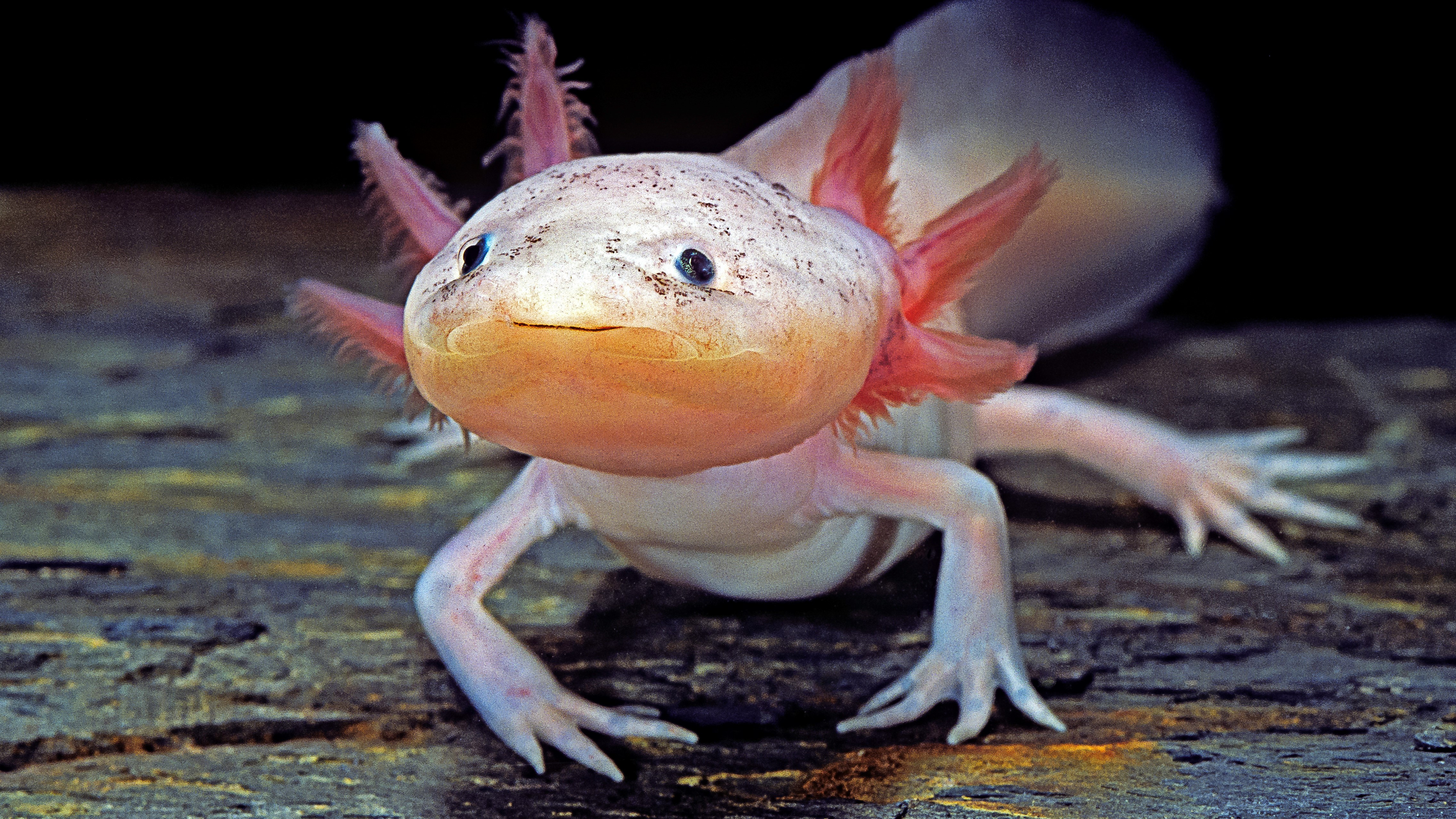
Megan Shersby
Megan Shersby is a naturalist, wildlife writer and content creator. After graduating from Aberystwyth University with a BSc (Hons) degree in Animal Science, she has worked in nature communications and the conservation sector for a variety of organisations and charities, including BBC Wildlife magazine, the National Trust, two of the Wildlife Trusts and the Field Studies Council. She has bylines in the Seasons anthologies published by the Wildlife Trusts, Into The Red published by the BTO, and has written for the BBC Countryfile magazine and website, and produced podcast episodes for its award-winning podcast, The Plodcast.
Latest articles by Megan Shersby
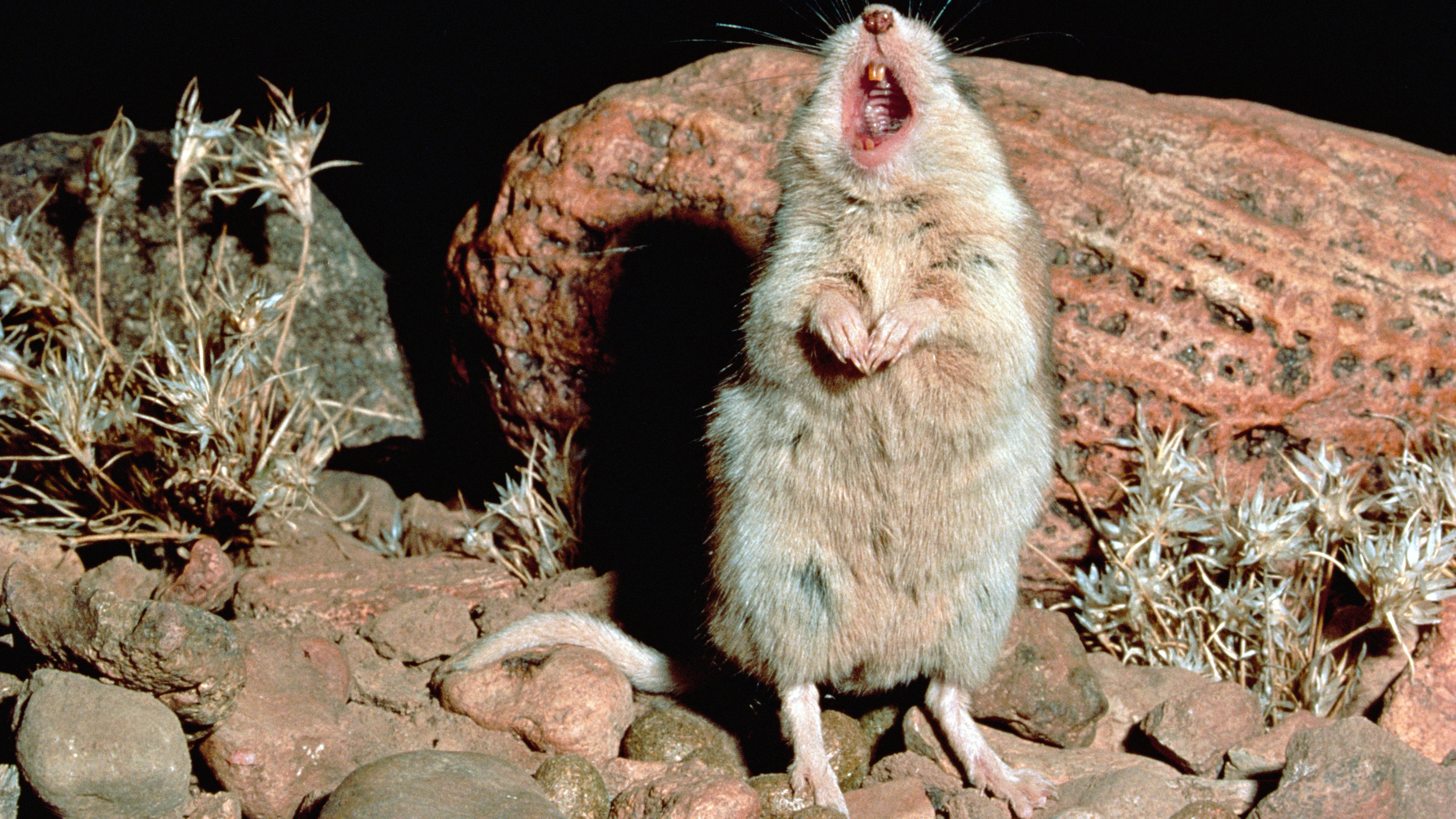
Southern grasshopper mouse: The tiny super-predator that howls at the moon before it kills
By Megan Shersby published
The southern grasshopper mouse is largely immune to the venom of the Arizona bark scorpion and will resort to cannibalism when times are tough.
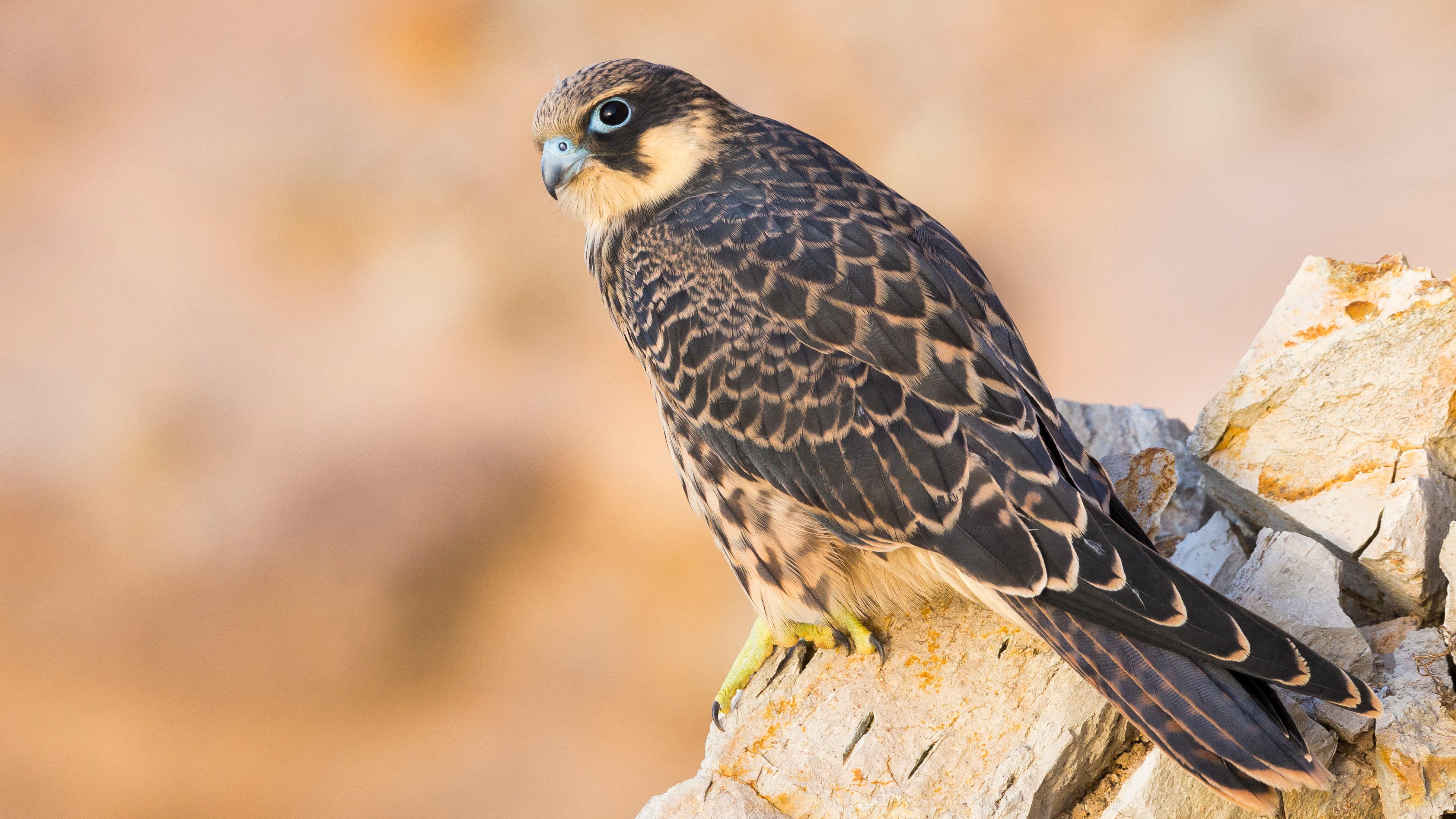
Eleonora's falcon: The raptor that imprisons birds live by stripping their feathers and stuffing them in rocks
By Megan Shersby published
One population of Eleonora's falcon is reported to keep little birds alive inside rocky prisons — a behavior not seen in any other raptor species.
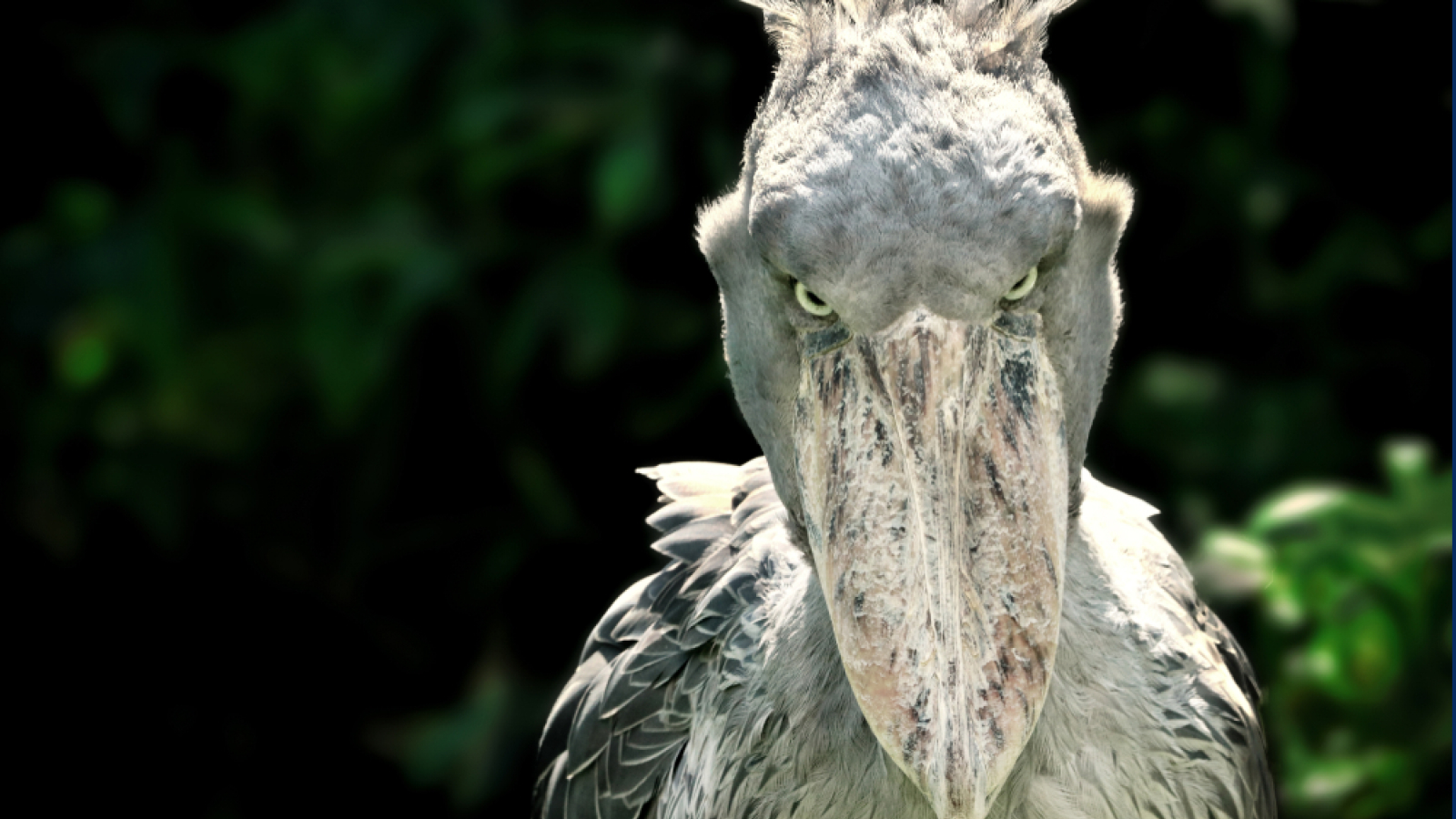
Shoebill: The human-sized African bird that eats baby crocodiles and kills its siblings
By Megan Shersby published
Shoebills reach up to 5 feet in height and they are formidable ambush predators, standing still in swamps before lunging forward to swallow their prey whole with their giant bills.
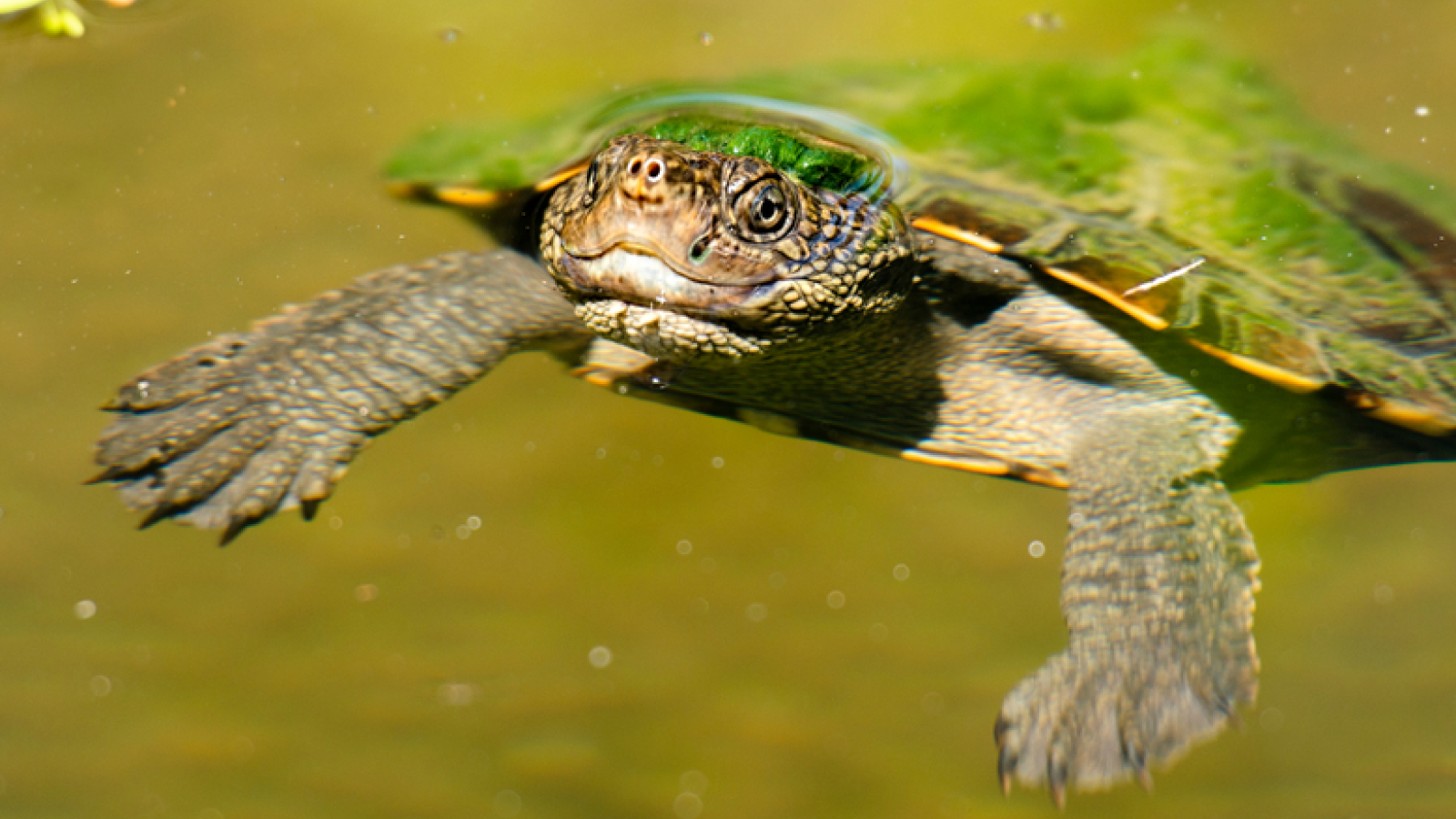
Mary River turtle: The green-haired oddball that can breathe through its butt for 72 hours
By Megan Shersby published
The Mary River turtle has adapted to life underwater after splitting from all other living turtle lineages more than 18 million years ago.
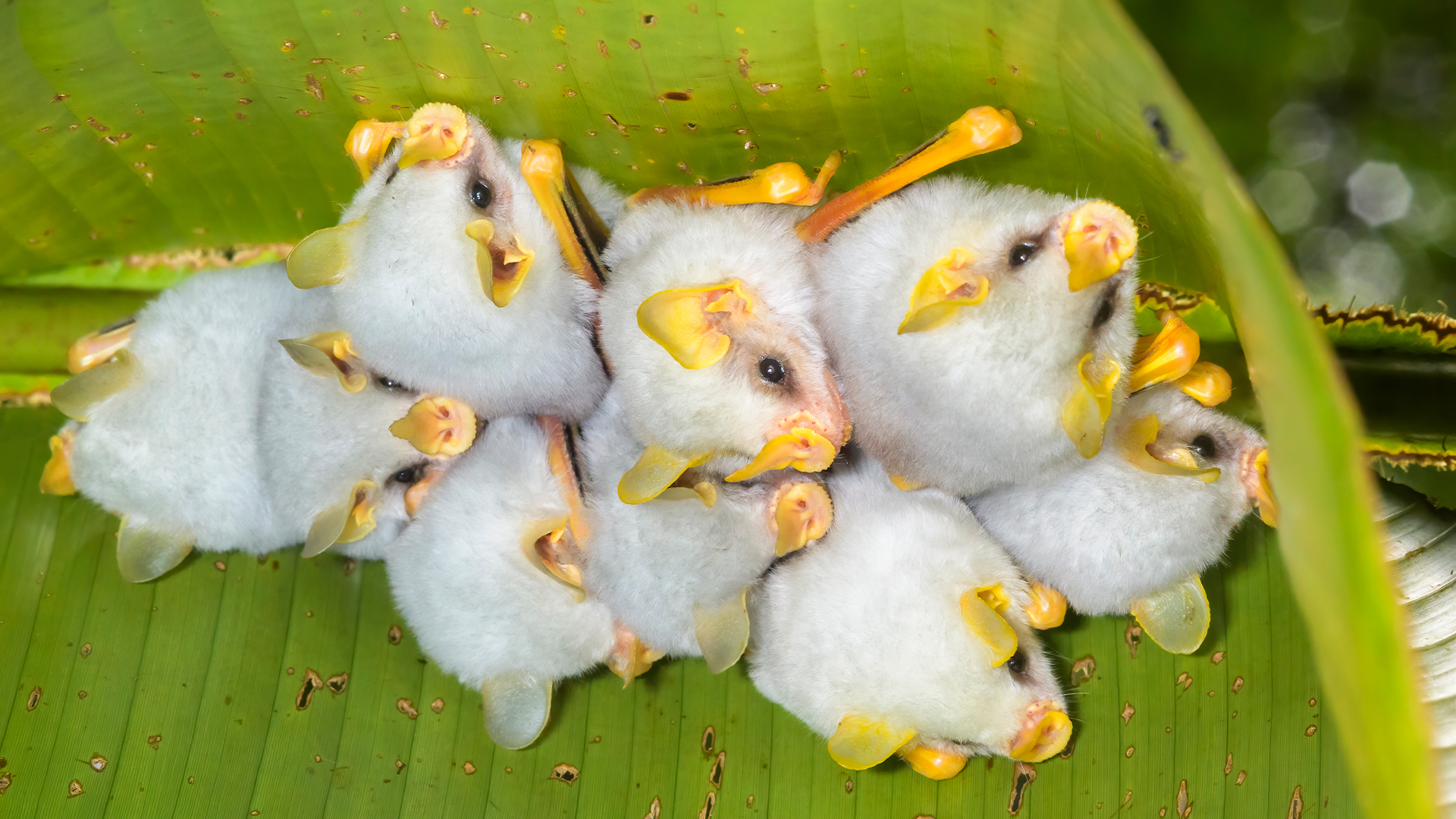
Honduran white bats: The fluffy little bats that roost together in leaf tents
By Megan Shersby published
These tiny white bats, which can construct a leaf-made tent, are extremely picky eaters.
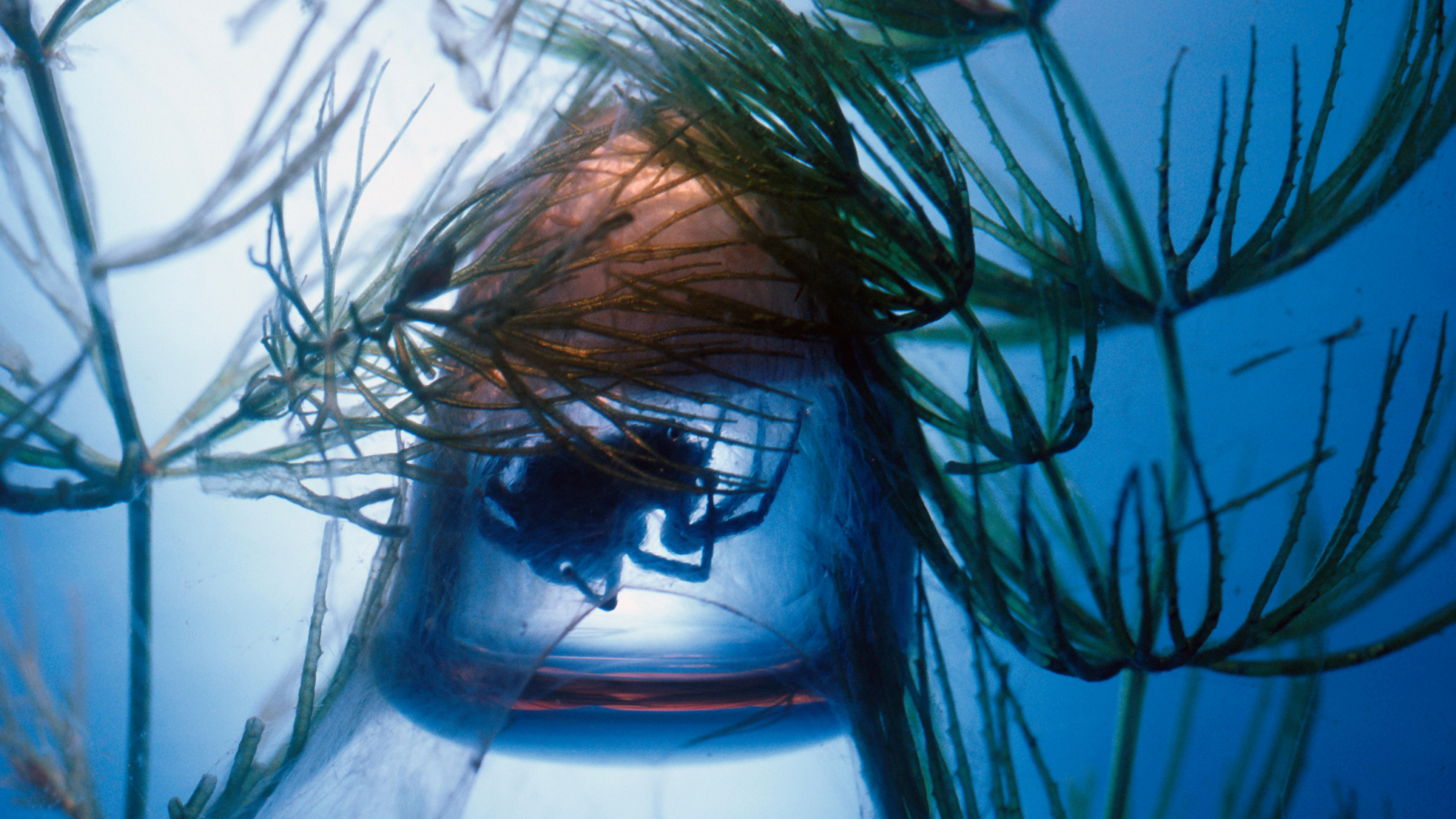
Diving bell spider: The only aquatic arachnid that creates a web underwater to live in
By Megan Shersby published
Diving bell spiders are also weird when it comes to sex, with males occasionally gobbling up females in reverse sexual cannibalism.
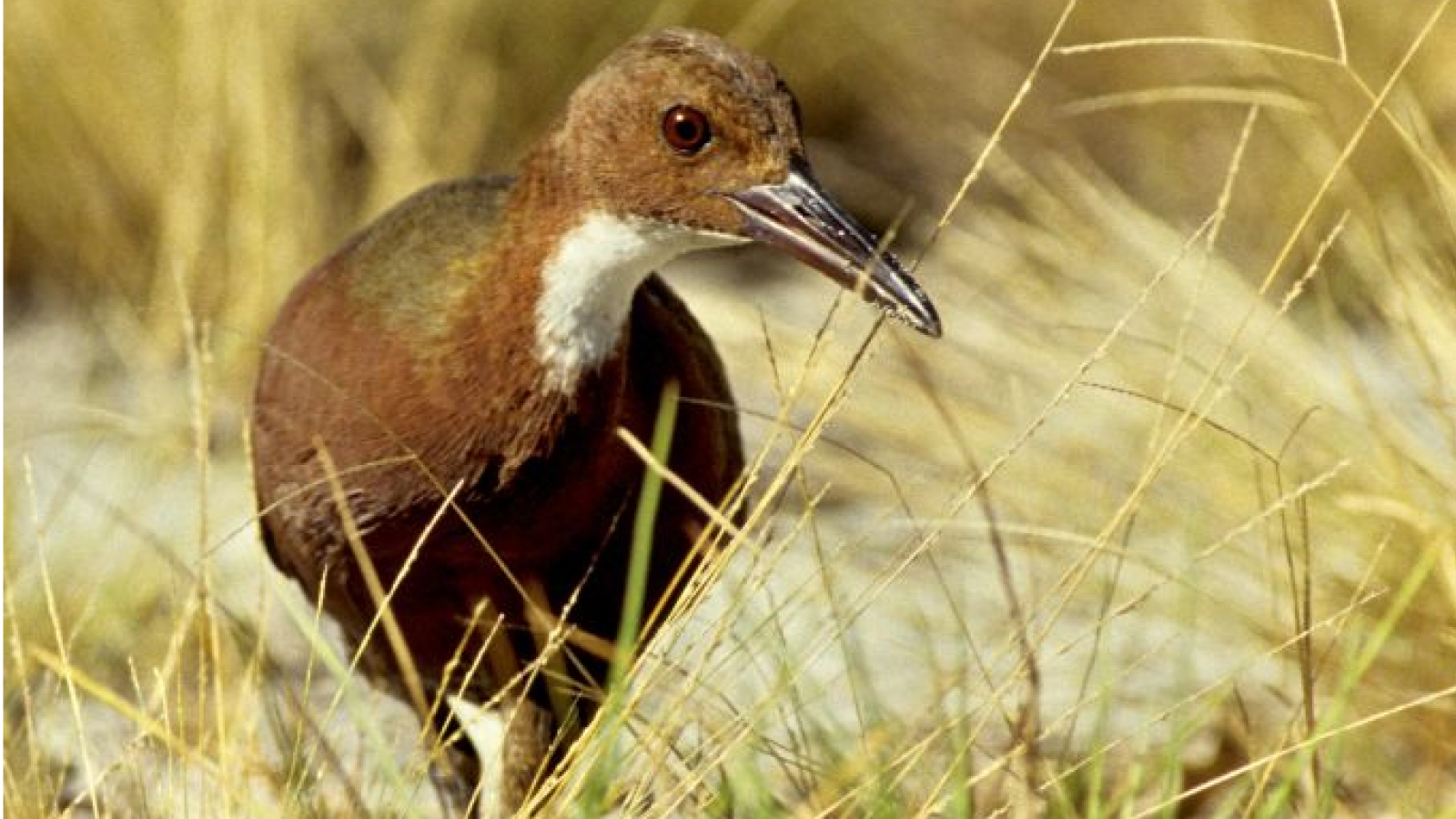
Aldabra rail: The bird that came back from the dead by evolving twice
By Megan Shersby published
The flightless Aldabra rail went extinct 136,000 years ago when its atoll home sank beneath the waves. Then it evolved again.
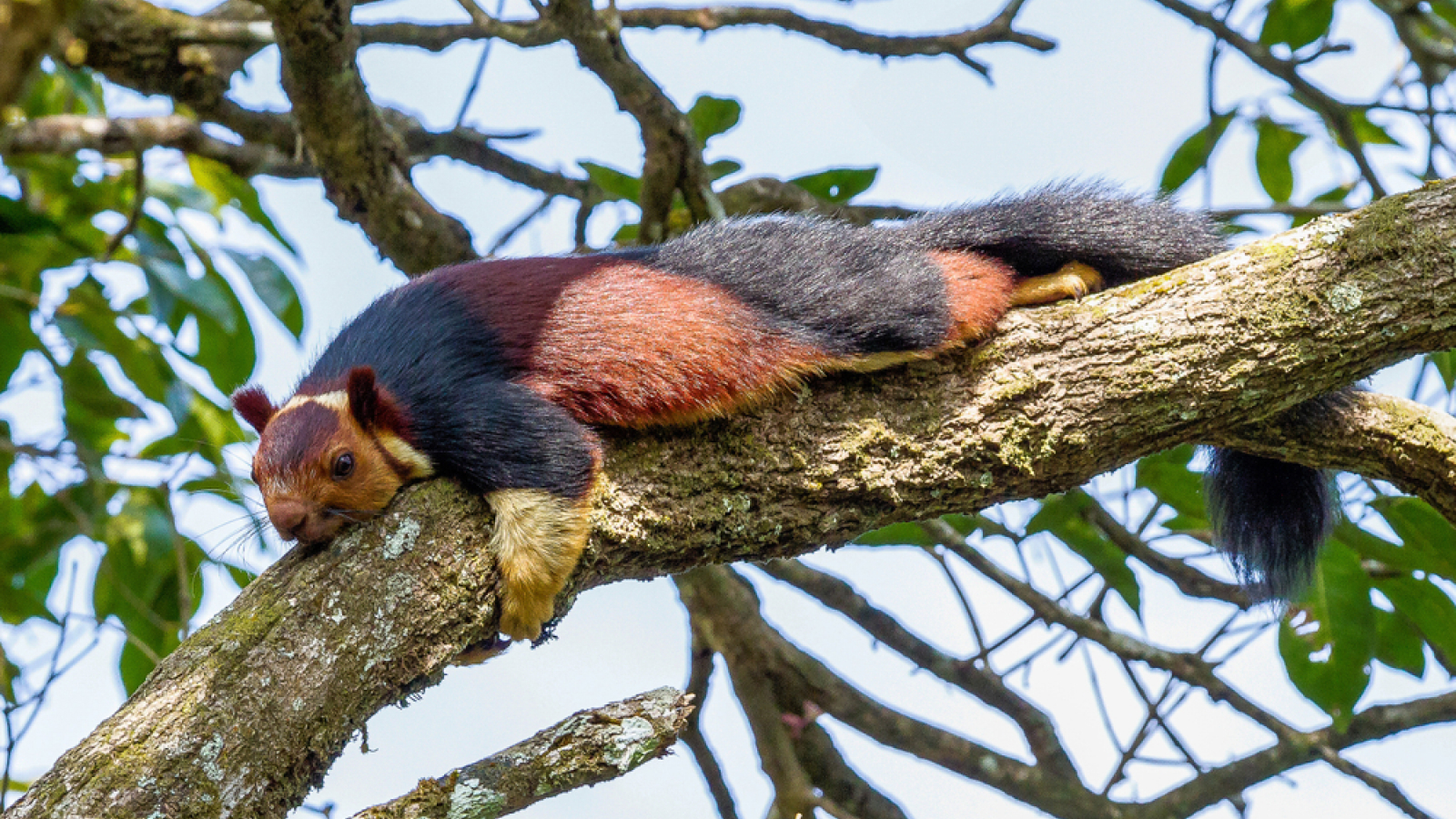
Indian giant squirrel: The 'rainbow' rodent that is also the world's largest squirrel
By Megan Shersby published
Indian giant squirrels, with their extraordinarily colorful fur, are found in forests and woodlands of India.
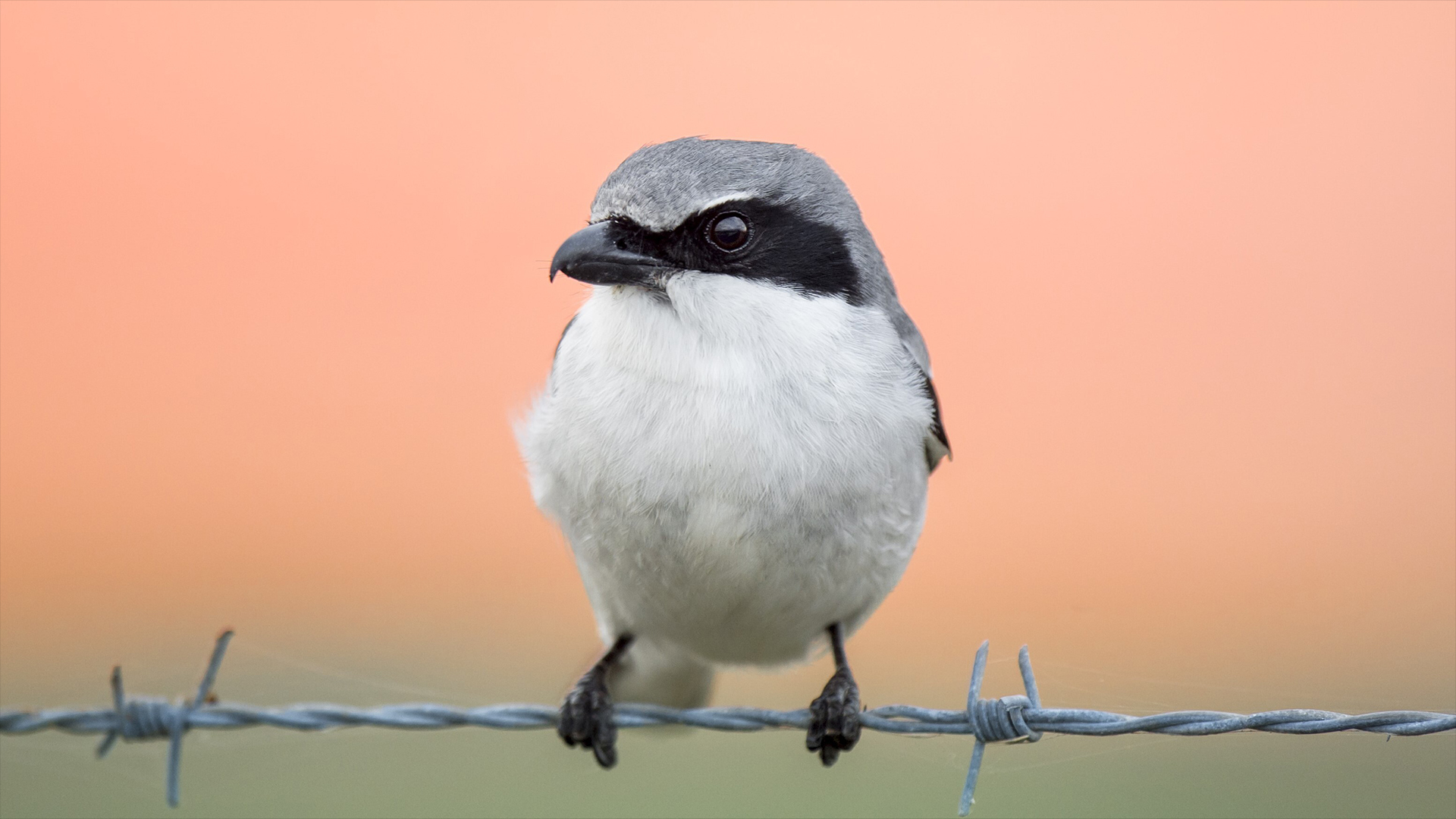
Loggerhead shrike: The brutal 'butcherbird' that impales its prey on barbed wire
By Megan Shersby published
Loggerhead shrikes can kill prey bigger than themselves by stabbing and shaking them, before impaling them on sticks to eat later.

American burying beetle: The meat-eating insect that buries bodies for its babies to feast on
By Megan Shersby published
American burying beetle parents work together to find and bury a dead animal that its brood can consume after hatching.
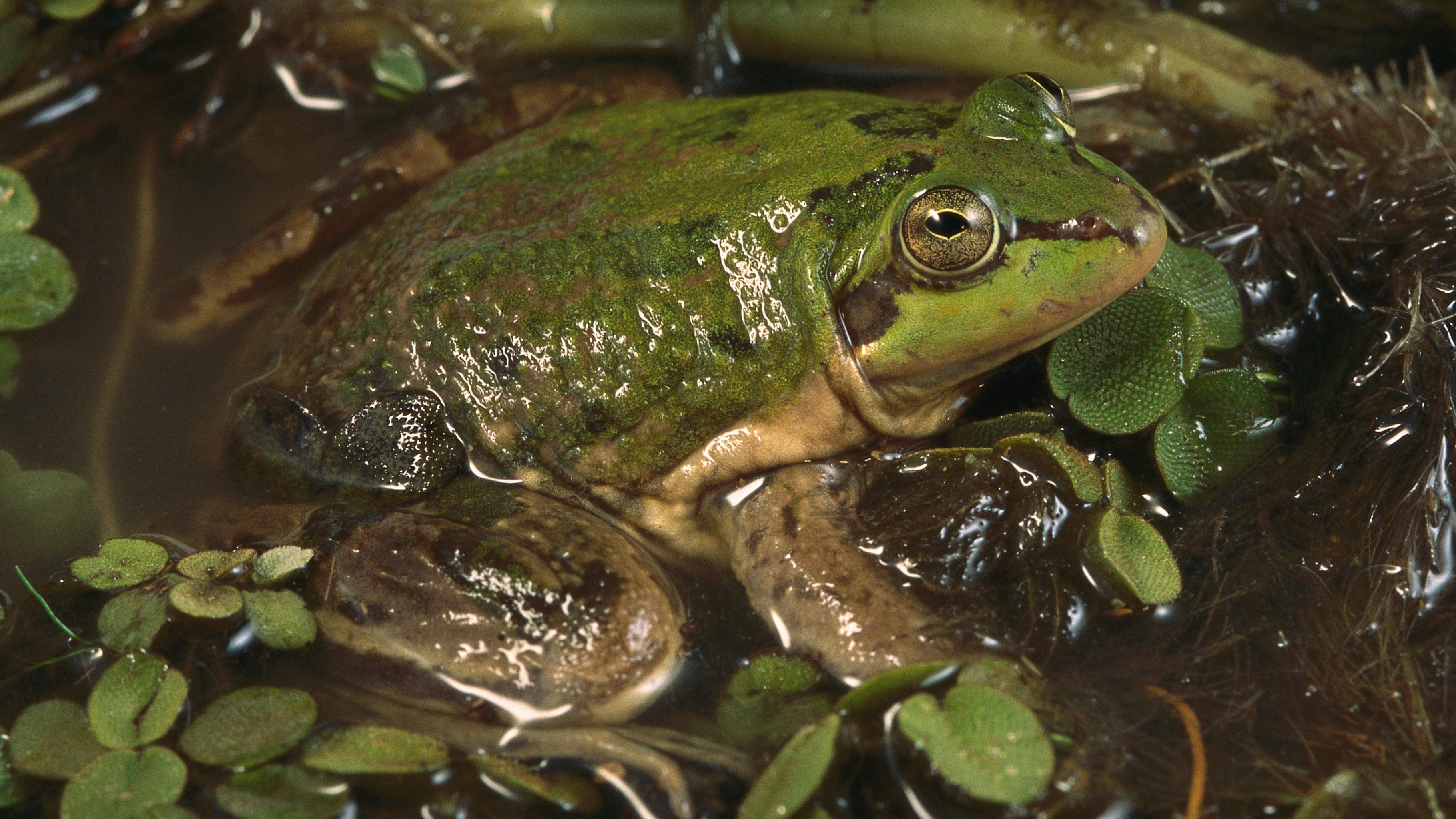
Paradoxical frog: The giant tadpole that turns into a little frog
By Megan Shersby published
Paradoxical frogs — also known as shrinking frogs — are about three times bigger as tadpoles as they are when adults.
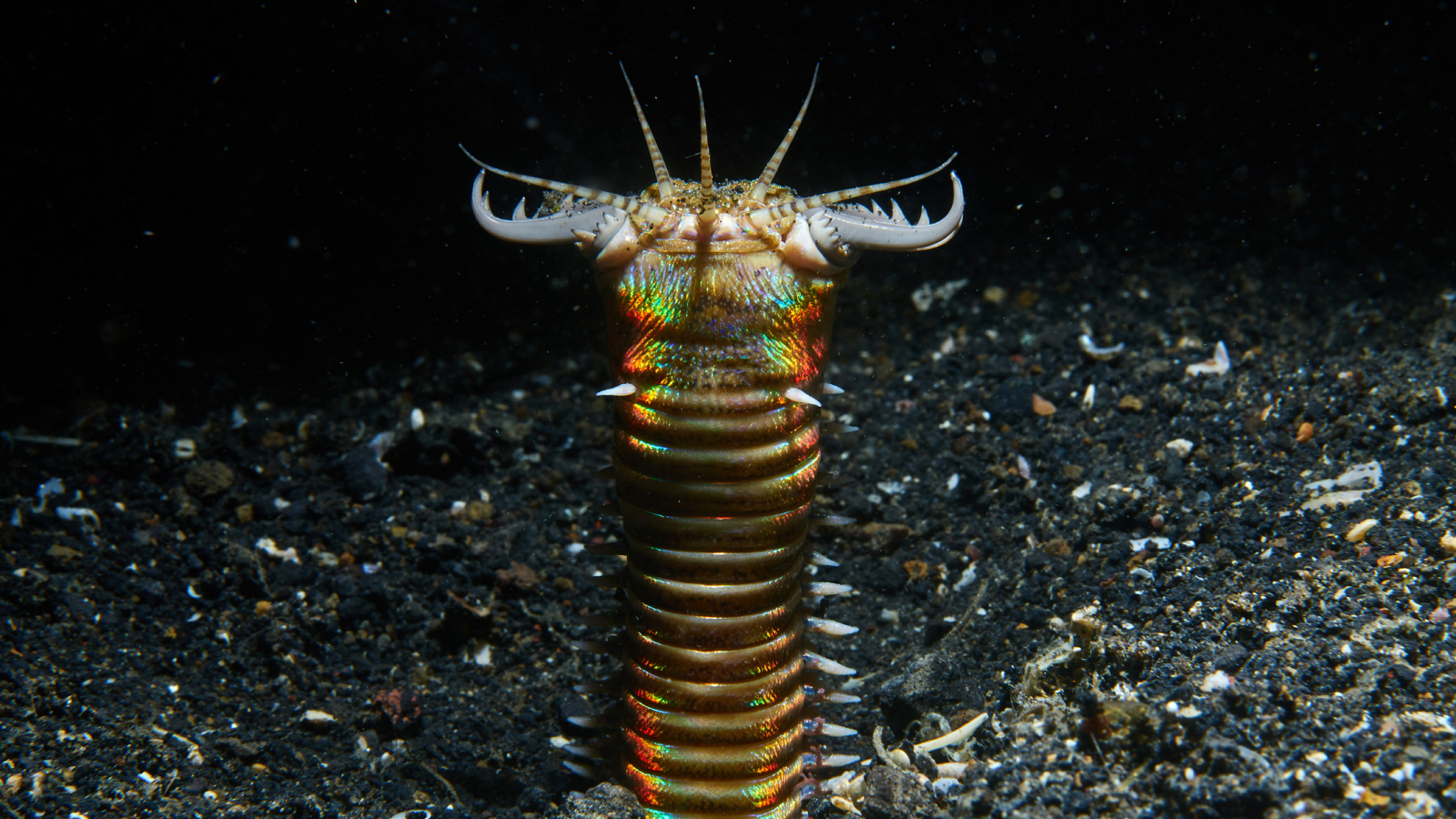
Sand striker: The glittering 'bobbit' worm that chops fish in half with its retractable jaws
By Megan Shersby published
Sand strikers — also known as bobbit worms — reach up to 10 feet long. They have razor-sharp jaws they use to catch unsuspecting fish and can split into bits to regenerate.
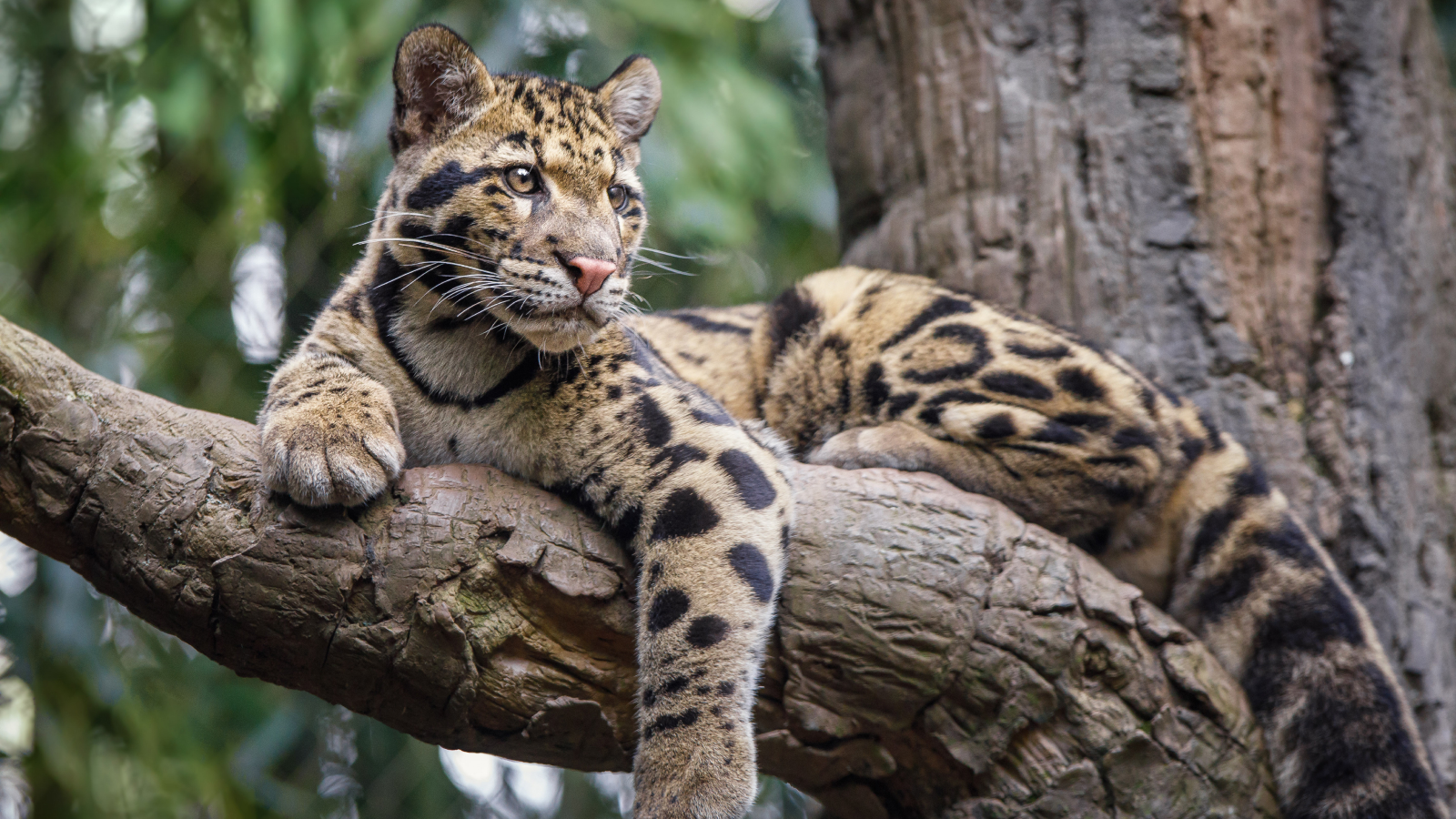
Clouded leopard: The cat with saber-like teeth that can walk upside down in trees
By Megan Shersby published
Clouded leopards can rotate their ankle joints by almost 180 degrees and they kill prey by biting the back of their necks with their huge teeth.
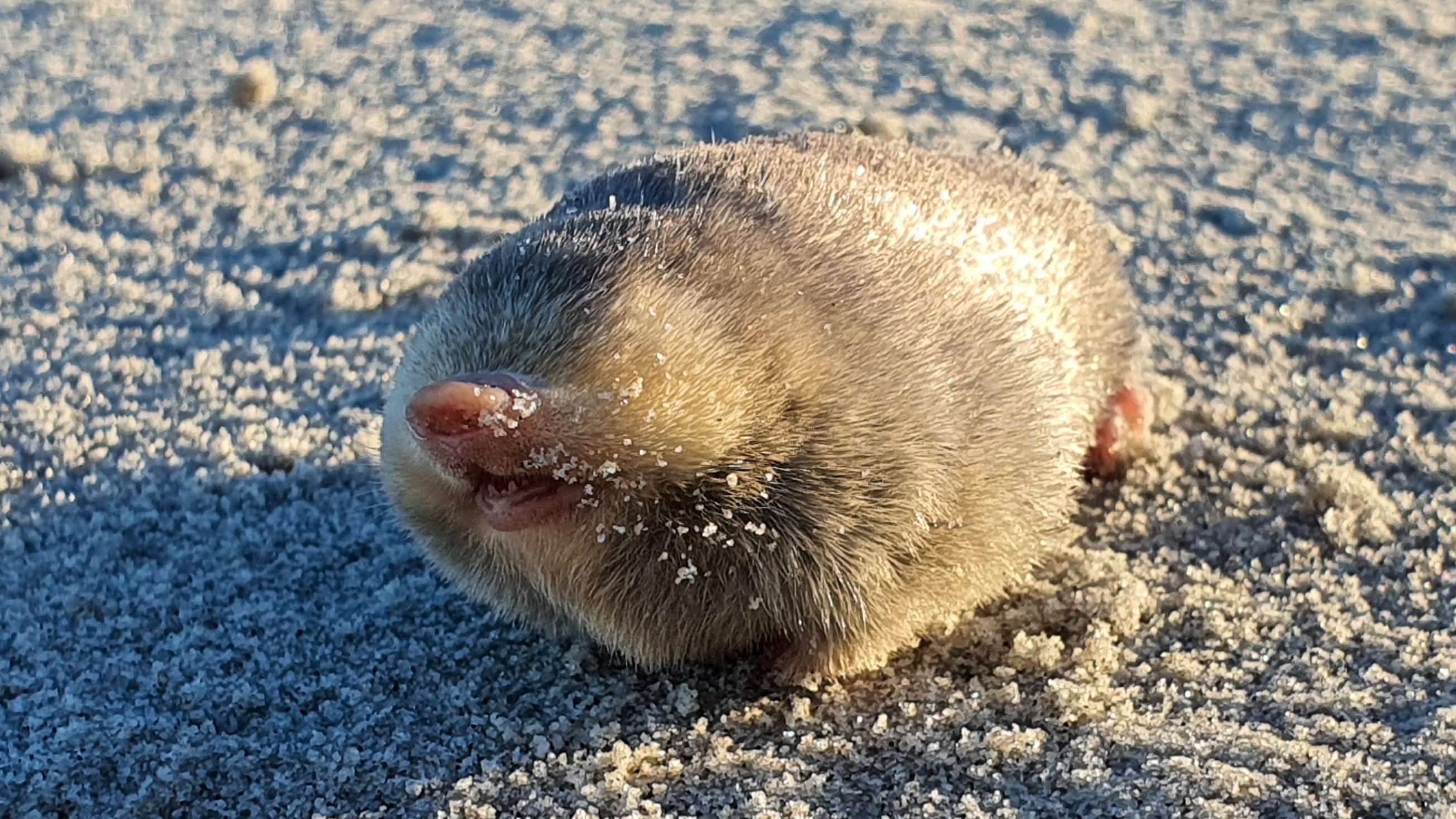
Shimmering golden mole thought extinct photographed and filmed over 80 years after last sighting
By Megan Shersby published
De Winton's golden mole, last sighted in 1937, has been found alive swimming through sand dunes in South Africa after an extensive search for the elusive species.
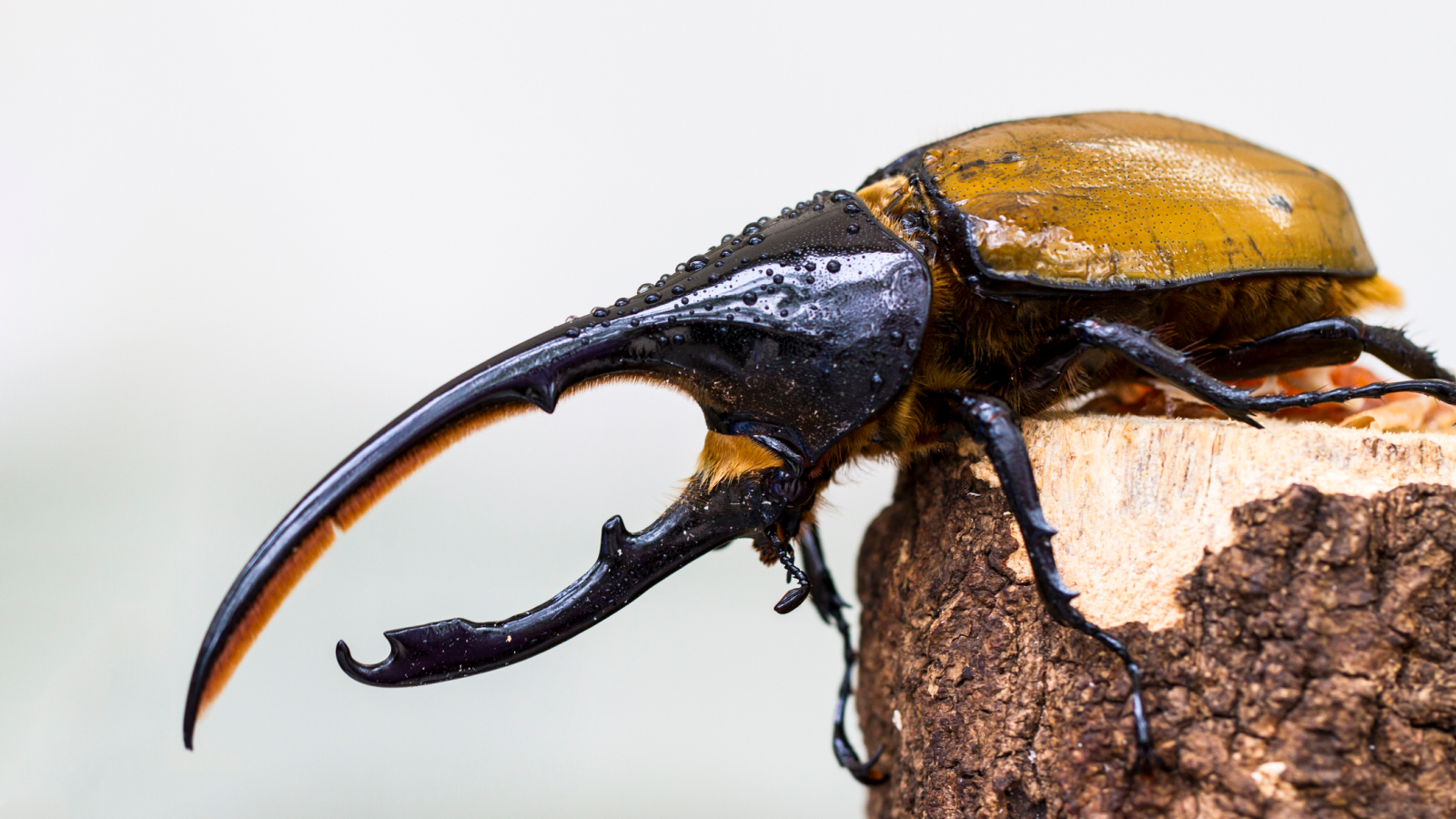
Hercules beetle: The titan insect with giant horns for love and war
By Megan Shersby published
Hercules beetles can grow to almost 7 inches long and are among the largest flying insects on Earth.
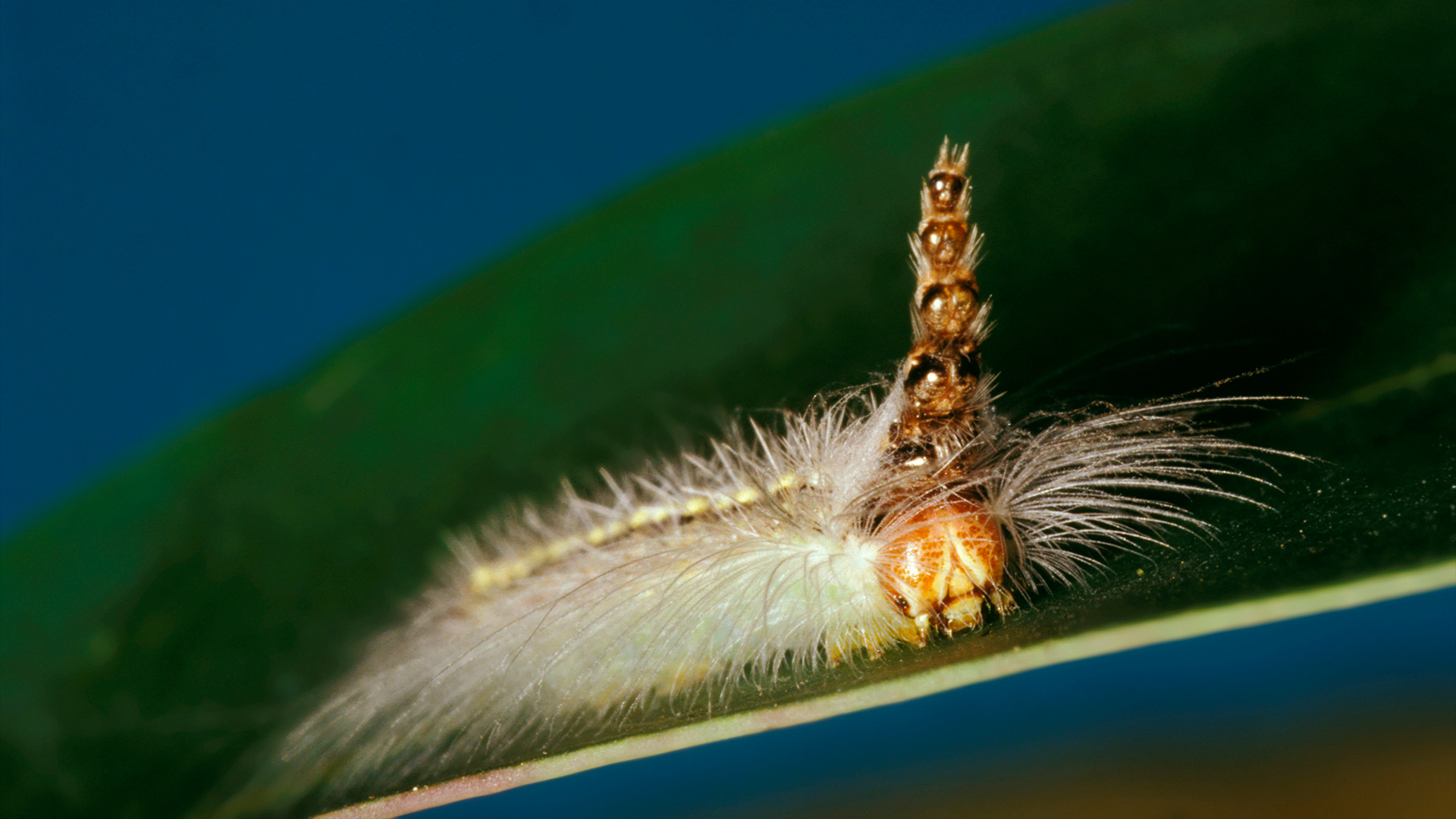
Gum leaf skeletonizer: The venomous 'Mad Hatterpillar' that wears its old heads like a crown
By Megan Shersby published
Rather than throw its old head cases away, the gum leaf skeletonizer wears them like a hat to protect itself from predators.
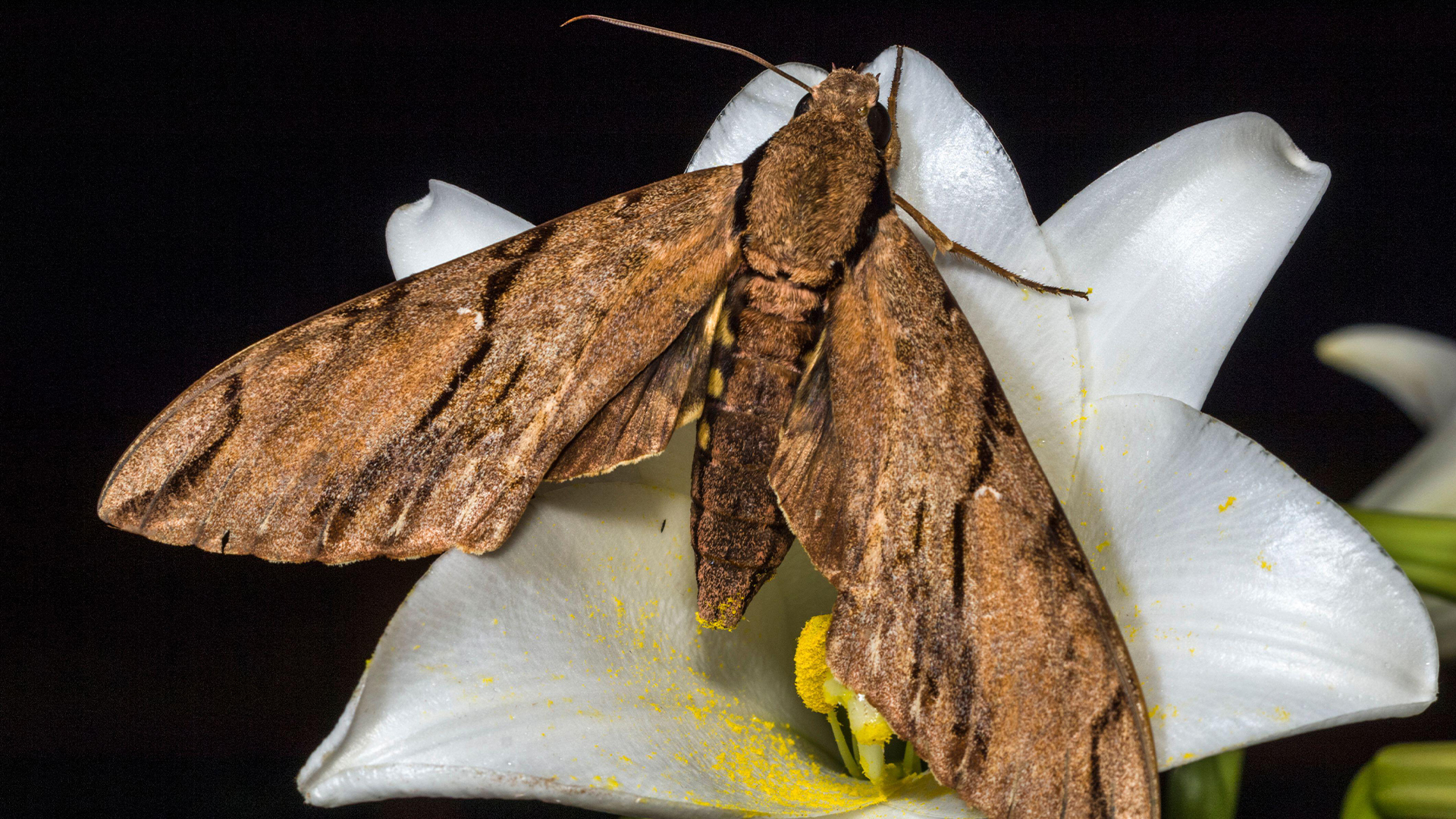
Wallace's sphinx moth: The long-tongued insect predicted by Darwin decades before it was discovered
By Megan Shersby published
Darwin and fellow naturalist Alfred Russel Wallace predicted the existence of Wallace's sphinx moth from an orchid with an extremely long nectar tube.
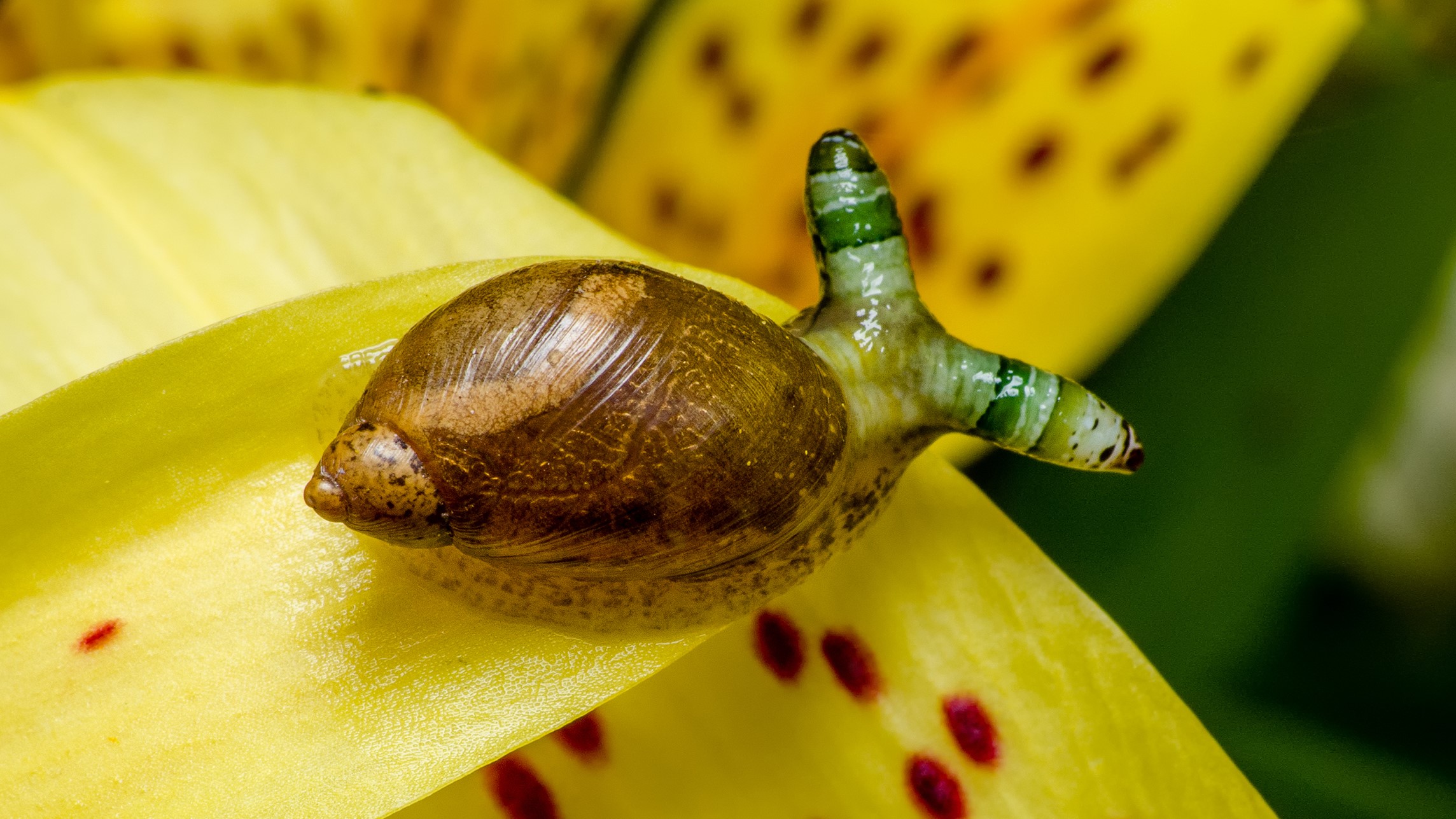
Green-banded broodsac: The brain-hijacking parasite that creates disco zombie snails
By Megan Shersby published
This parasitic worm crawls into the eyestalks of snails, takes over its brain then pulsates to make the mollusk look like a dancing caterpillar.
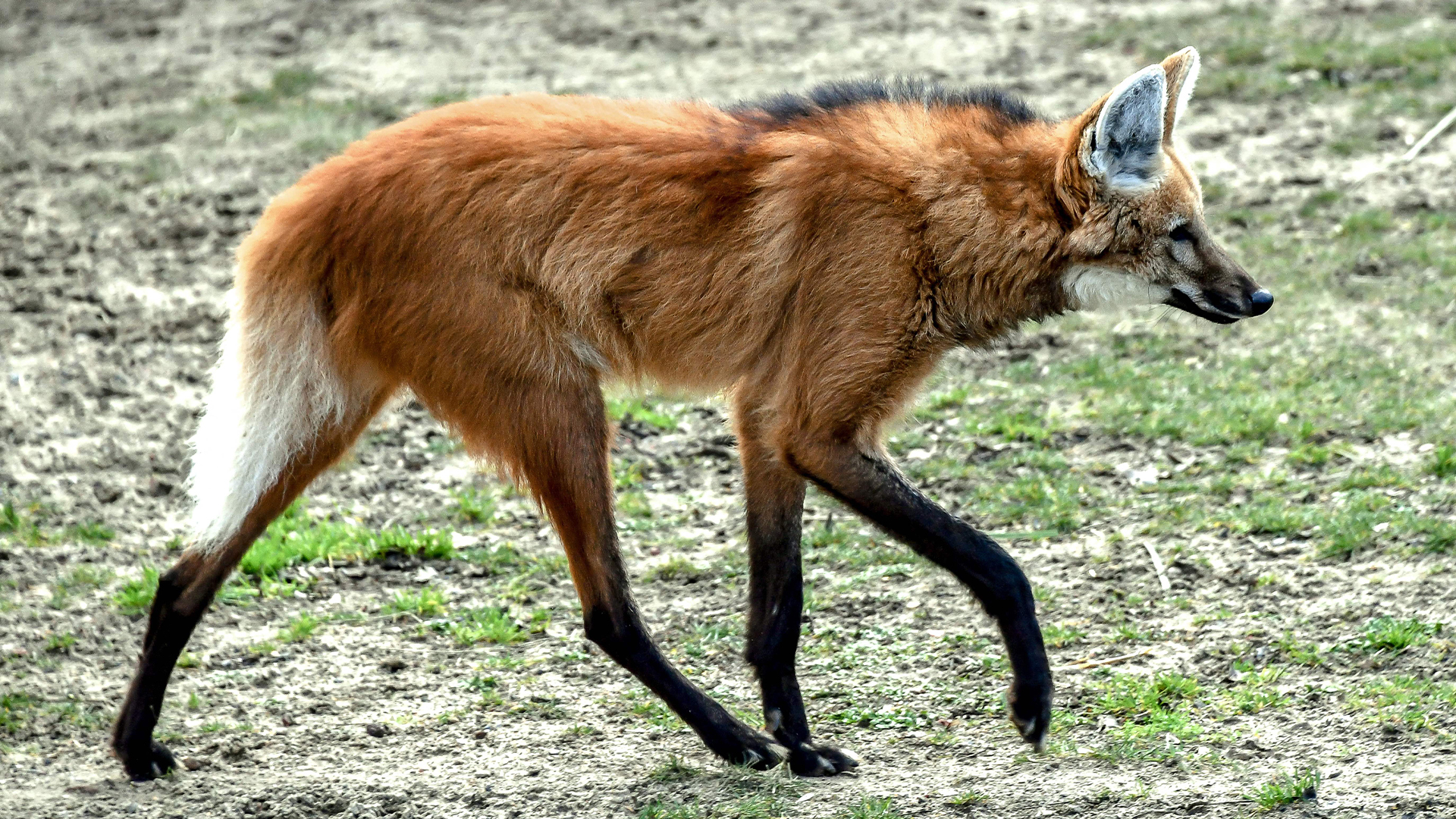
Maned wolf: A strikingly beautiful South American canid
By Megan Shersby published
The maned wolf, a gorgeous canine from South America, is neither a wolf nor a fox, despite resembling both.
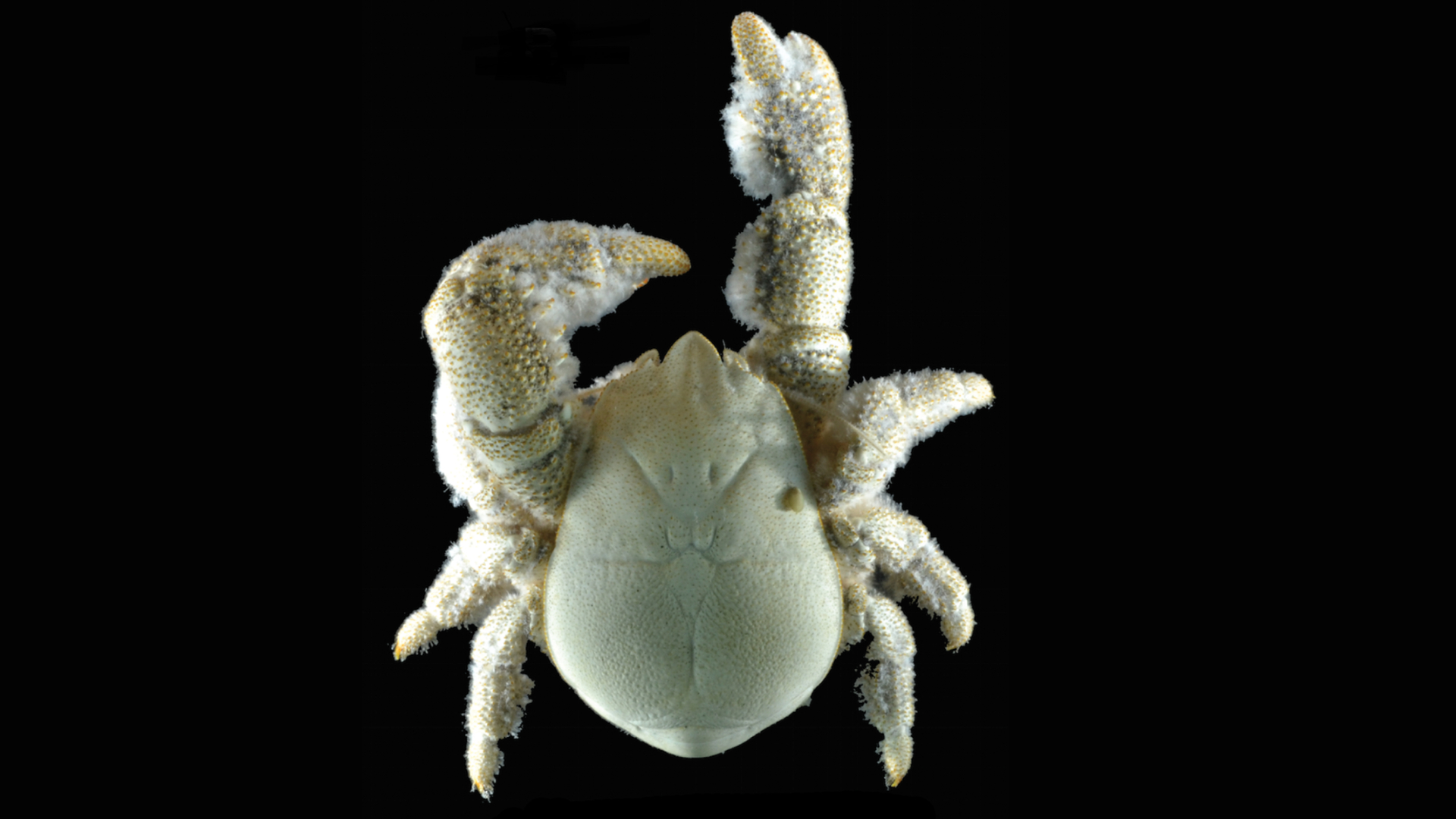
Hoff crab: The hairy-chested crustacean that farms bacteria on its hairs
By Megan Shersby published
The "yeti" crab is white and hairy, as its nickname suggests, and it thrives in hydrothermal vents in Antarctica's frigid waters.
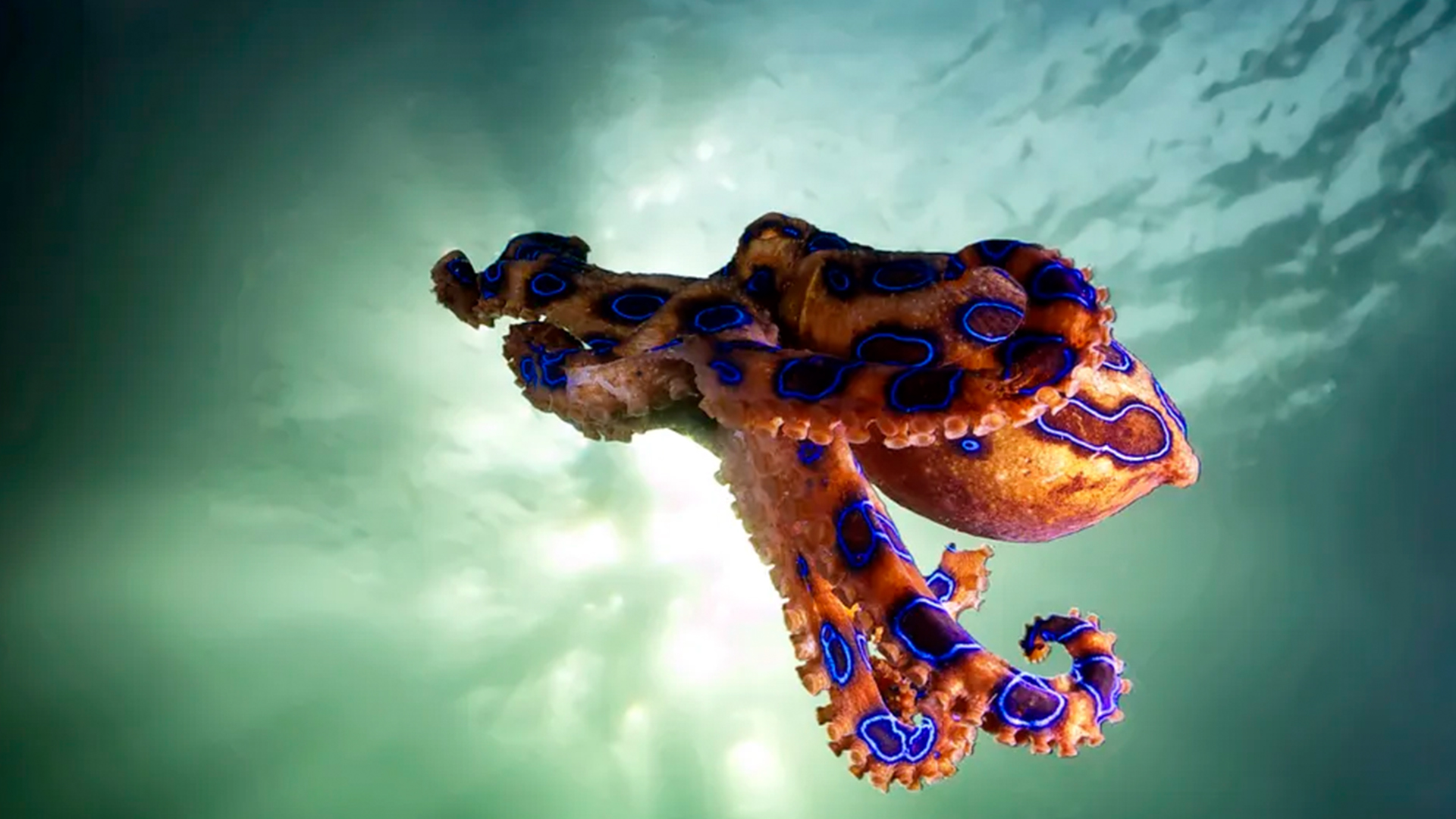
13 of the most venomous sea creatures lurking in the water
By Megan Shersby published
From blue-ringed octopuses to stonefish, here are some of the most venomous, deadly species in our planet's oceans.
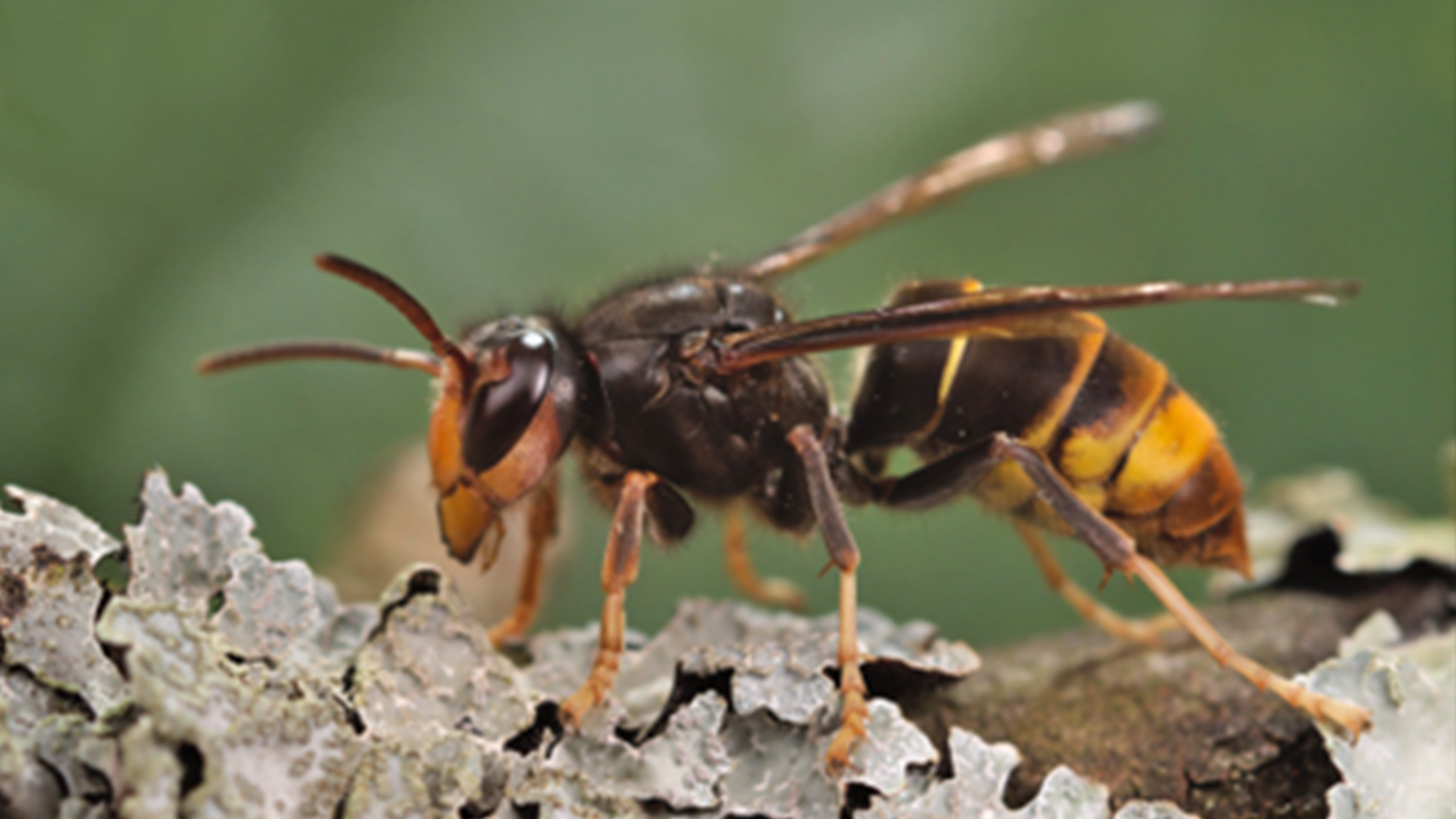
Invasive yellow-legged hornets spotted in US for 1st time, one nest eradicated
By Megan Shersby last updated
The invasive yellow-legged hornet, which preys on honey bees, has been spotted in Georgia for the first time.
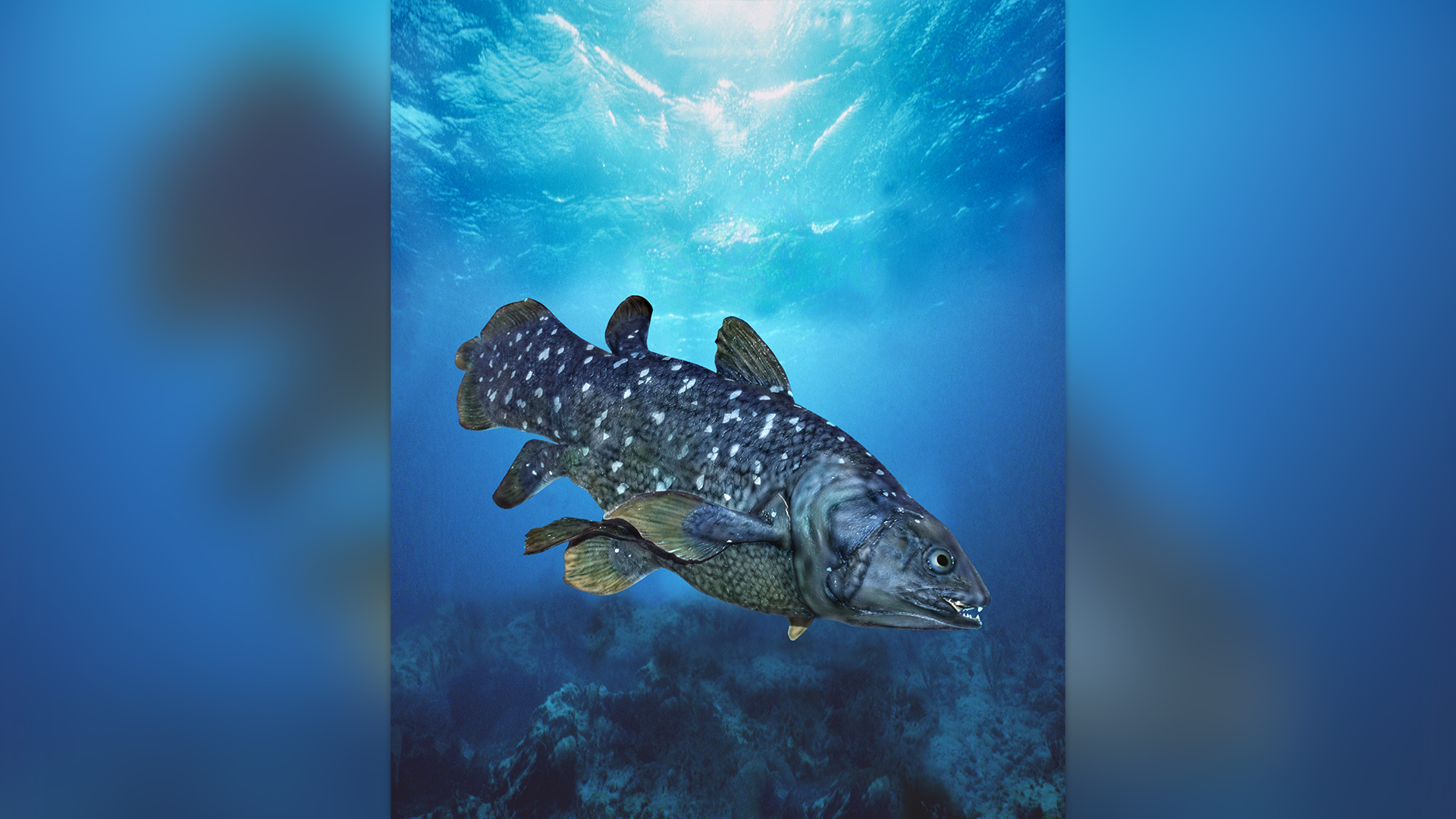
West Indian Ocean coelacanth: The once-'extinct' Lazarus fish that can live for 100 years
By Megan Shersby published
Believed to have gone extinct at the time of the dinosaurs, the coelacanth has one of the longest gestation periods on Earth — and it can hunt in a headstand.
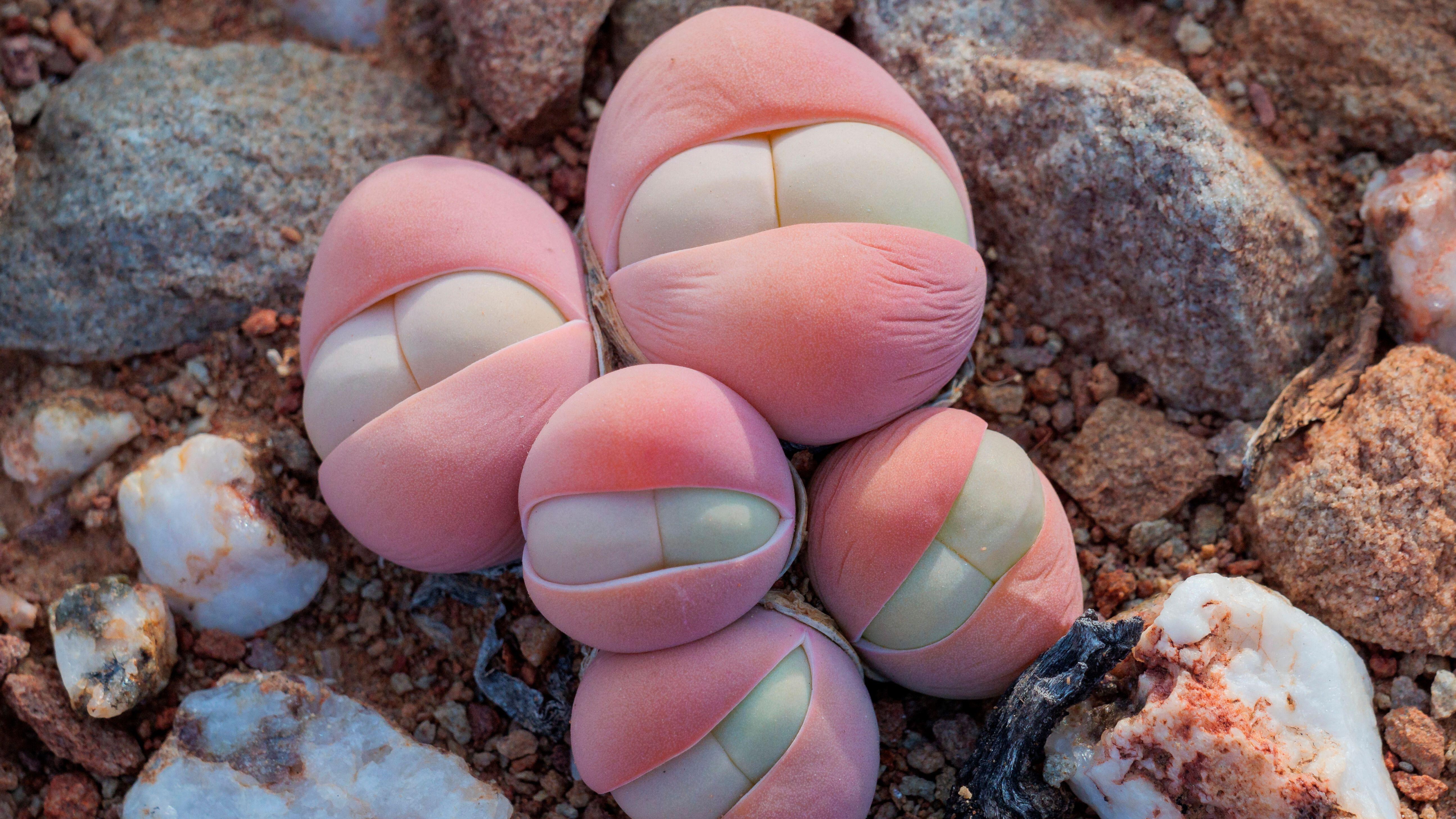
This bizarre little succulent looks like a baby's butt
By Megan Shersby published
Gibbaeum heathii is endemic to a valley in South Africa that is surrounded by mountains and receives very little rainfall, allowing a huge range of succulent species to thrive. This bababoutjies — or baby's bum — is one of them.
Sign up for the Live Science daily newsletter now
Get the world’s most fascinating discoveries delivered straight to your inbox.
